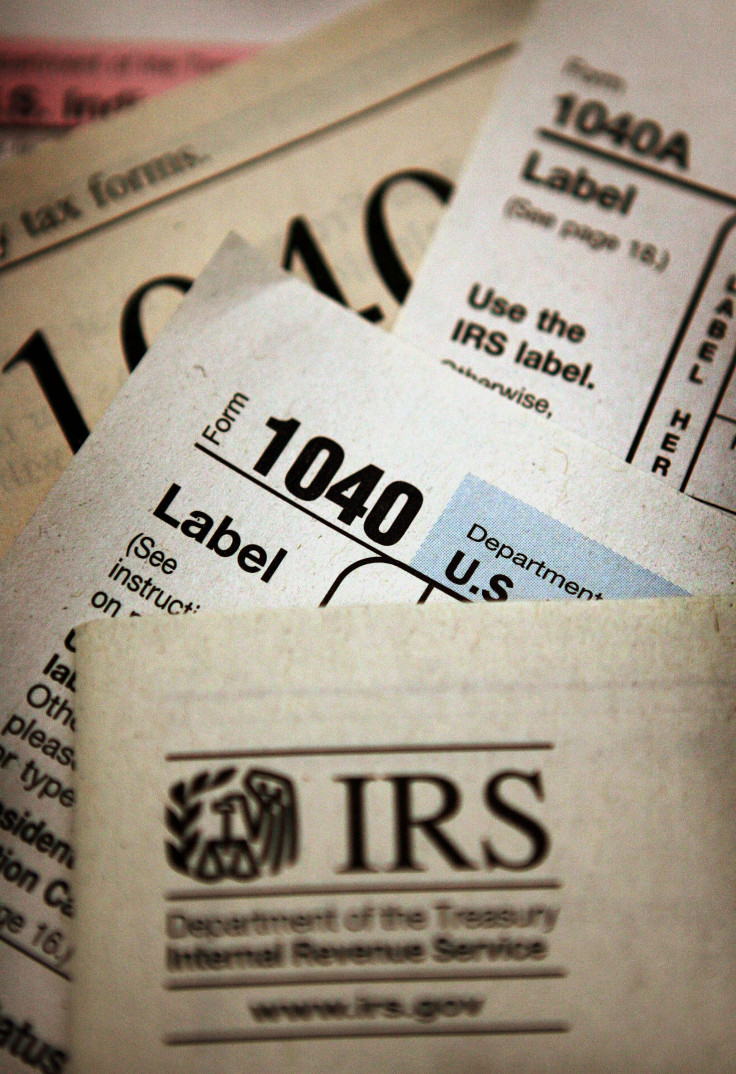How To File Your Taxes Online 2017: Forms, Deadlines And Credits Explained

Less than a month into the new year, U.S. citizens have begun preparing their federal income tax returns. The Internal Revenue Service (IRS) began the federal tax season Monday, and forms are due by April 18. More people than ever — as many as 43 percent — are turning to the internet to submit their financial information in the cheapest, fastest way possible.
The federal government's official information site, USA.gov, provides a step-by-step process through which people can determine their tax situation, submit the required forms and claim any possible credits available to them.
Figuring out where you stand is a helpful first step and can be done at the IRS' website. Before beginning the steps, find out if you have to file tax returns here. In order to determine your status, you'll need to provide the percentage of living expenses contributed by the various residents of a single home. Marital status and, if applicable, a spouse's death certificate is also requested.
Some taxpayers qualify for free assistance in preparing their taxes. These conditions include people making $54,000 or less, people with disabilities and those with limited English-speaking abilities. Senior citizens are also eligible for help free of charge.
To begin filing your taxes, you'll need to determine which individual tax return form best suits your position. If you are making less than $100,000, single or married filing jointly, under 65 years of age (along with your spouse), not claiming any dependents or claiming interest income of $1,500 or less, then you will likely use the 1040EZ.
If you are making less than $100,000, claiming certain tax credits, claiming adjustments to income for IRA contributions and student loan interest or have capital gain distributions, you may consider filling out the 1040A.
Otherwise, you will probably be using the 1040, which is recommended for those making more than $100,000, claiming itemized deductions, reporting self-employment income or reporting income from property sales.
Next, you'll want to pay close attention to figuring out which taxes and credits apply to you. Here you'll calculate your taxable income and subtract credits to determine what your total tax. The federal government offers a number of credits for things like raising children, driving electric cars and adoption. You can also claim dependents and exemptions for those who rely on your income.
Once you've filled out the forms, including personal information like your name, address and social security, you're ready to file online.
The IRS provides three e-file options for submitting your tax returns. If your income is $64,000 or less, you're eligible to use the IRS Free File. You can also use commercial software or choose from a list of authorized E-File providers.
© Copyright IBTimes 2024. All rights reserved.






















